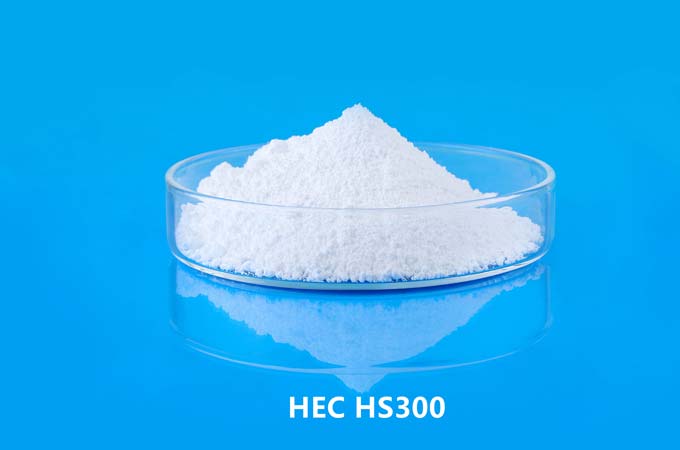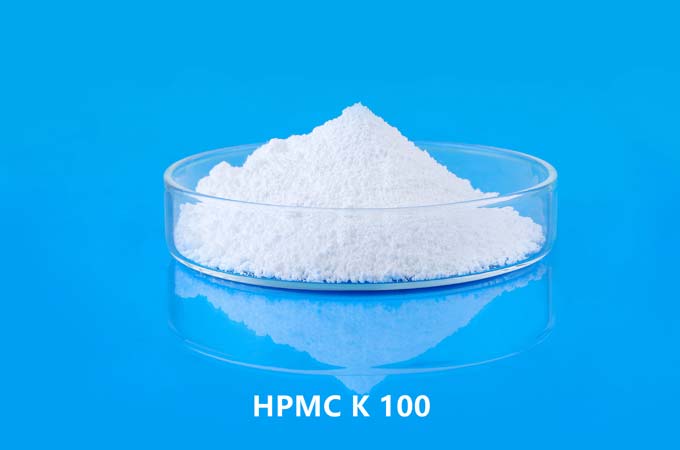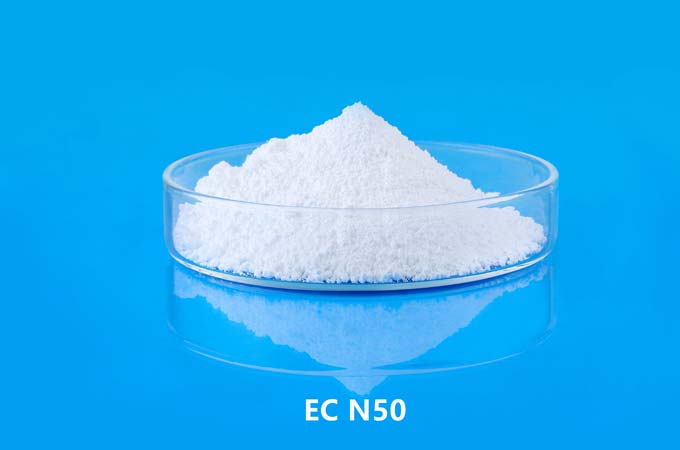Methylhydroxyethylcellulose (MHEC) is a versatile and versatile compound with applications in a variety of industries. It belongs to the cellulose ether family and is derived from cellulose, a natural polymer found in plant cell walls. MHEC is synthesized through the chemical modification of cellulose, resulting in a water-soluble polymer with unique properties. This compound is popular for its ability to impart desirable properties to a variety of products.
chemical structure and properties
MHEC is a cellulose ether derivative whose chemical structure reflects modification of the cellulose backbone. The main modifications involve the introduction of methyl and hydroxyethyl groups. The chemical formula of MHEC can be expressed as (C6H7O2[OH]3-m[OCH3]m)n, where "n" represents the degree of polymerization and "m" represents the degree of substitution.
Key features of MHEC:
Solubility: MHEC is soluble in cold water, forming a clear and viscous solution. This solubility property makes it easy to incorporate into a variety of formulations.
Thermal stability: MHEC exhibits good thermal stability, allowing it to withstand a range of temperatures without significant degradation.
Film-forming ability: It has film-forming ability, which is valuable in applications where protective coatings or films are required.
Surface Activity: MHEC cellulose has surface-active properties that contribute to its effectiveness as a thickener and stabilizer.
Compatibility: It is compatible with a variety of other materials, making it a versatile additive in different formulations.
Applications of MHEC
1. Construction industry:
MHEC is widely used in the construction industry and has a variety of uses due to its thickening, water retention and adhesive properties.
a. Mortar and cement additives:
In mortars and cement-based products, MHEC acts as a rheology modifier and water retention agent. It improves the workability, adhesion and overall performance of cementitious materials.
b. Tile adhesive:
MHEC powder is a key ingredient in tile adhesives, providing the necessary consistency and bond strength needed to secure tiles to surfaces.
C. Gypsum and stucco:
As a thickening agent, MHEC is incorporated into gypsum and stucco formulations to enhance their application characteristics and overall performance.
2. Paints and Coatings:
MHEC is used in the formulation of paints and coatings to help control viscosity, water retention and film-forming properties.
a. Latex paint:
In water-based latex paints, MHEC acts as a thickener, preventing pigment settling and ensuring an even coat.
b. Exterior Insulation and Finishing Systems (EIFS):
MHEC is used in EIFS formulations to improve coating consistency and enhance adhesion to the substrate.
3. Pharmaceutical industry:
In the pharmaceutical sector, MHEC is used in various formulations due to its film-forming and thickening properties.
a. Tablet Coating:
MHEC is used in the tablet coating process to form a protective film around the tablets to control drug release and improve stability.
b. Topical preparations:
It is added to topical formulations such as creams and gels to enhance viscosity, stability and skin adhesion.
4. Personal care products:
MHEC is a common ingredient in personal care and cosmetics, helping to improve their texture, stability and overall performance.
a. Shampoo and conditioner:
As a thickener, MHEC imparts viscosity to shampoos and conditioners, improving their application and performance.
b. Lotions and creams:
In skin care products, MHEC is used as a stabilizer and thickener, enhancing the texture and feel of lotions and creams.
5. Food industry:
Although MHEC is not as common as in other industries, it has limited use in specific applications in the food industry.
a. Food thickener:
In some food formulations, MHEC can be used as a thickening agent to improve texture and consistency.
Challenges and considerations
Although MHEC has many advantages, certain challenges and limitations associated with its use must be considered.
Sensitivity to pH: MHEC may exhibit sensitivity to pH changes, affecting its performance in formulations that experience significant pH changes.
Compatibility Issues: It is critical to evaluate the compatibility of MHEC with other ingredients in the formulation to avoid adverse interactions.
Dosage considerations: The effectiveness of MHEC often depends on correct dosage, and overdose may cause adverse effects.
Environmental Impact: The production and disposal of cellulose ethers (including MHEC) can have environmental impacts, so we are working to develop more sustainable alternatives.
Future outlook
As industries continue to seek environmentally friendly and sustainable alternatives, research and development efforts are aimed at improving the sustainability of cellulose ethers, including MHEC. Innovation in the synthesis process of cellulose derivatives and exploration of bio-based sources are key areas for future development.
Methylhydroxyethylcellulose (MHEC) is a multifaceted compound with numerous applications across industries. Its unique properties, including solubility, thermal stability and film-forming capabilities, make it a valuable additive in building materials, paints, pharmaceuticals, personal care products and even some food formulations. Despite the challenges associated with pH sensitivity and environmental factors, ongoing research and development efforts aim to address these issues and enhance the sustainability of cellulose ethers. As the industry evolves, MHEC is likely to remain an important player in cellulose-based polymers, contributing to the formulation and improvement of a variety of products.
 English
English 日本語
日本語 français
français Deutsch
Deutsch Español
Español italiano
italiano русский
русский português
português العربية
العربية Türkçe
Türkçe Nederland
Nederland



